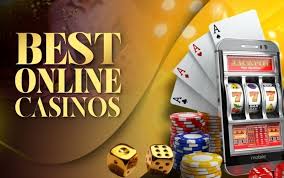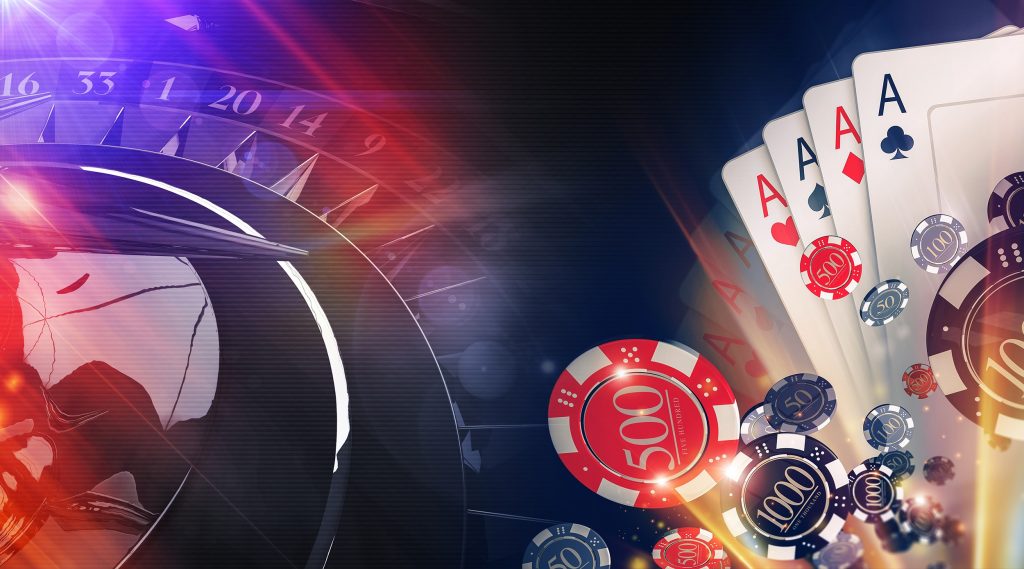
Innovating Play: Gaming with Tokenized Assets
In recent years, the world of gaming has undergone significant transformations, particularly with the integration of blockchain technology. One of the most impactful innovations is the concept of tokenized assets. These digital assets, enabled by blockchain, allow players to own a piece of the game, trade items securely, and create a new economy within the gaming ecosystem. This article delves into the fascinating realm of gaming with tokenized assets and how they are shaping the future of interactive entertainment. For more insights on gaming, check out Gaming with Tokenized Assets betandreas site.
The Rise of Tokenization in Gaming
Tokenization refers to the process of converting ownership rights into a digital token that resides on a blockchain. In the gaming context, this can include in-game items, skins, characters, and even virtual real estate. Each token is unique, providing players with real ownership—something that was not possible in traditional gaming models where developers maintained control over all assets.
The rise of tokenization has been fueled by the growing acceptance of cryptocurrencies and the need for players to establish a sense of ownership over their virtual assets. With the introduction of Non-Fungible Tokens (NFTs), gamers can now buy, sell, and trade their digital items with verifiable ownership. This shift not only enhances the player’s experience but creates an entirely new economic model for the gaming industry.
Understanding Tokenized Assets
Tokenized assets in gaming can take numerous forms. They can represent a wide array of items and features, including but not limited to:
- In-Game Items: Skins, weapons, and other accessories that players can purchase, trade, or sell.
- Characters: Unique avatars or characters that players can own and improve over time.
- Virtual Real Estate: Land and property within a game’s environment that players can buy and develop.
- Access Tokens: Tokens that grant players special in-game privileges or access to exclusive content.
Each tokenized asset is recorded on the blockchain, providing transparency and security. This decentralized approach prevents fraud and ensures that ownership can be proven, unlike traditional gaming systems where assets are often locked within a game’s server.
The Benefits of Tokenized Assets in Gaming
The integration of tokenized assets into gaming offers numerous benefits for both gamers and developers:
1. True Ownership
Players can truly own their in-game items, meaning they can sell, trade, or transfer them as they see fit. This empowers players, as they no longer have to rely on a game developer to access their assets.

2. New Revenue Streams
For developers, tokenized assets open new avenues for monetization. Games can introduce robust marketplaces where players can buy and sell items, allowing developers to earn fees on each transaction.
3. Community Engagement
Tokenized assets can foster a sense of community, with players rallying around their invested interests. Events and competitions revolving around these assets can enhance player engagement and loyalty.
4. Play-to-Earn Models
Tokenization has paved the way for play-to-earn models where players can earn tokens or currencies simply by playing games. This model incentivizes players to invest time in a game and rewards them economically.
Challenges and Considerations
Despite the promising outlook for tokenized assets in gaming, several challenges remain:
1. Regulation
The regulatory environment surrounding cryptocurrencies and digital assets is still evolving. Developers must navigate these regulations to ensure compliance while fostering an open marketplace.
2. Security Risks
As with any online asset, tokenized items are susceptible to hacking and theft. Ensuring robust security measures is crucial for maintaining player trust.
3. Market Volatility

Cryptocurrency markets are known for their volatility. The value of tokenized assets can fluctuate significantly, impacting their perceived worth and the game’s economy.
Real-World Examples
Several games and platforms have successfully implemented tokenized assets:
1. Axie Infinity
Axie Infinity is a blockchain-based game where players can breed, raise, and battle fantasy creatures called Axies. Each Axie is a unique NFT that players can trade, buy, or sell on marketplaces, allowing users to earn real money through gameplay.
2. Decentraland
Decentraland allows players to buy, develop, and monetize parcels of virtual land. Each piece of land is represented as a token on the Ethereum blockchain, enabling a virtual economy where creators can build and charge for experiences.
3. Cryptokitties
Cryptokitties is a popular blockchain game where players can collect, breed, and trade virtual cats. Each cat is an NFT, and the game has created a burgeoning market where rare kitties can fetch significant sums.
The Future of Gaming with Tokenized Assets
The future of gaming with tokenized assets is bright, with the potential to redefine ownership and interaction in virtual environments. As technology advances and player acceptance grows, we can anticipate a greater number of games embracing these concepts. Developers who adapt early can position themselves as leaders in this new era of digital entertainment.
Conclusion
Tokenized assets are revolutionizing the gaming landscape by providing real ownership and creating dynamic economies within games. With numerous benefits for players and developers alike, the ongoing changes in this space are set to enhance gaming experiences and foster innovation. As we continue to explore the implications of blockchain technology, one thing is clear: the future of gaming is tokenized, and it holds immense potential.
